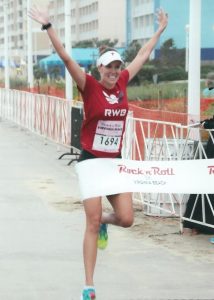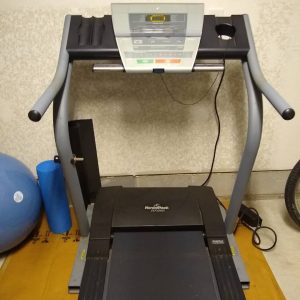We all know nutrition is an important piece of building a better athlete. I like to use the 80/20 rule, and this tasty tin foil chicken and vegetables makes it easy to save that 20% for pizza or cookies. A fantastic week night meal that’s quick and simple, it’s also packed with muscle building protein, good for you fiber and lots of healthy nutrients. Switching out one or two ingredients makes the dish easy to customize for multiple uses during the week. With the ingredients below each serving is home to less than 300 calories and quite filling.
Tin Foil Chicken and Vegetables
Servings – 2-4
Prep Time – 10 minutes
Cook Time – 30 minutes
Difficulty – 1
Ingredients
2-4 boneless, skinless (antibiotic free) chicken breasts (to lower cook time, divide into sections)
1 cup frozen corn (thawed)
2/3 cup black beans drained and rinsed
2/3 cup halved cherry tomatoes
1/4 cup diced green pepper
1/4 cup diced yellow onion
1 Tablespoon extra virgin olive oil
2-4 Tablespoons taco seasoning
2-4 teaspoons cayenne pepper
2-4 large squares of tin foil
Instructions
Pre-heat oven to 375.
Add olive oil, peppers and onion to sautee pan and cook until onions start to become clear.
Place each chicken breast in center of one tin foil sheet.
Season chicken with taco and cayenne powders.
Top each chicken breast with tomatoes, corn, black beans, green pepper and onion.
Fold tin foil into packet around chicken with small opening to vent.
Place in oven for 25-20 minutes or until juice runs clear.
Serve by carefully opening foil packets and pouring chicken, vegetables and juice onto a plate. This simple tin foil chicken and vegetables recipe can be switched up by adding squash and carrots or swapping out taco flavors for basil and thyme. You can see how the calorie count would change when plug in your choice of ingredients in or add a side of quinoa here. Use fresh vegetables for a colorful and delicious meal that’s great all year long without pulling you away from family or training time. Give this tin foil chicken and vegetables recipe a try.
This simple tin foil chicken and vegetables recipe can be switched up by adding squash and carrots or swapping out taco flavors for basil and thyme. You can see how the calorie count would change when plug in your choice of ingredients in or add a side of quinoa here. Use fresh vegetables for a colorful and delicious meal that’s great all year long without pulling you away from family or training time. Give this tin foil chicken and vegetables recipe a try.
I love it and know you will too!
Coach Meredith




 Focus on you. You’re trying to run your best race. Not another runner’s. Don’t worry about how fast the people around you go out or what they’re going to do later on. You’re only in control of your own performance and pushing too hard early will cost a lot towards the end. Stick to the plan you made during training and the rest will fall into place.
Focus on you. You’re trying to run your best race. Not another runner’s. Don’t worry about how fast the people around you go out or what they’re going to do later on. You’re only in control of your own performance and pushing too hard early will cost a lot towards the end. Stick to the plan you made during training and the rest will fall into place. training volume and intensity fluctuate.
training volume and intensity fluctuate.


